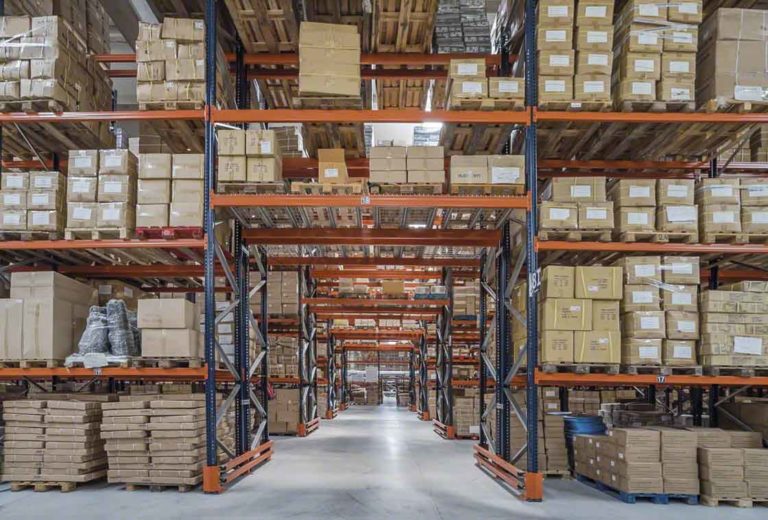Palletizers are material handling devices used to load and unload pallets during storage, shipment, and other times.
Pallet loads are a convenient way to combine numerous smaller units into one bigger, more manageable item that is widely used for mass shipping and distribution.
Top Industries Inc. is one of the well-known companies that designs and manufactures various equipment meant for material handling companies can also offer a customized pallet inverter for any customer based on their operational requirements.
Palletizer advantages
Automation has been implemented into practically every stage of manufacturing due to the growing need to reduce cost and processing time.
There are numerous machines that have automated and function with little assistance from operators, whether they are used for feeding, washing, assembling, or packing.
Palletizers are devices that automate the packing process, which involves picking, transporting, orienting, counting, and stacking. This speeds up and improves efficiency. Pallet stackers and load transfer stations are other names for palletizers.
Lifts and a platen were incorporated into the design of the palletizing machinery as key efforts to make the process simple. While platens assist in manually rotating the palletizing station to work at various angles, lifts make it simple for loaders to raise the station to conveyor belt height.
The table makes it easier to operate laterally and decreases bending action, which lowers the risk of repetitive motion injuries.
Palletizer disadvantages
Palletizers perform a variety of tasks, including as metering the incoming load, orienting the load, dispensing pallets, constructing layers, and many more, making them significantly more complex equipment.
Palletizers are classified as floor level in-feed and high level in-feed depending on the level at which feeding is carried out.
Conventional and robotic palletizers
The market is now flooded with palletizers, from basic conveyor-based models to very advanced robotic palletizers. However, each one of them comes with some drawbacks.
Hybrid palletizers, which combine the high rate of stacking of conventional systems with the flexibility of robotic designs, are therefore developed to address the drawbacks.
The concept successfully combines the best elements of the two and offers a method for palletizing several cargoes simultaneously.
Hybrid designs require less room than alternatives while being able to handle the completed goods from numerous production lines.
They allow customers the opportunity to upgrade even after installation because they are made to be equipped with extra palletizing machinery if necessary.
In general, there are three different types of hybrid palletizers:
· Shuttle cars
Shuttle cars are used at a layer-forming section to transport pallets and they move with the help of a track- or chain-type conveyor.
· Rotary tables
The operation of this hybrid palletizer is remarkably similar to that of a shuttle car. The sole distinction is that spinning tables are used in place of shuttles that move along chains or tracks.
· Robotic arms
This kind of palletizer combines a single robotic arm operation with a shuttle design. Alongside shuttle cars, a robotic arm with three joints picks and stacks objects.
Top Industries Inc. has designed such palletizers for several companies. And you may follow on Linkedin to know more details.


Comments are closed.